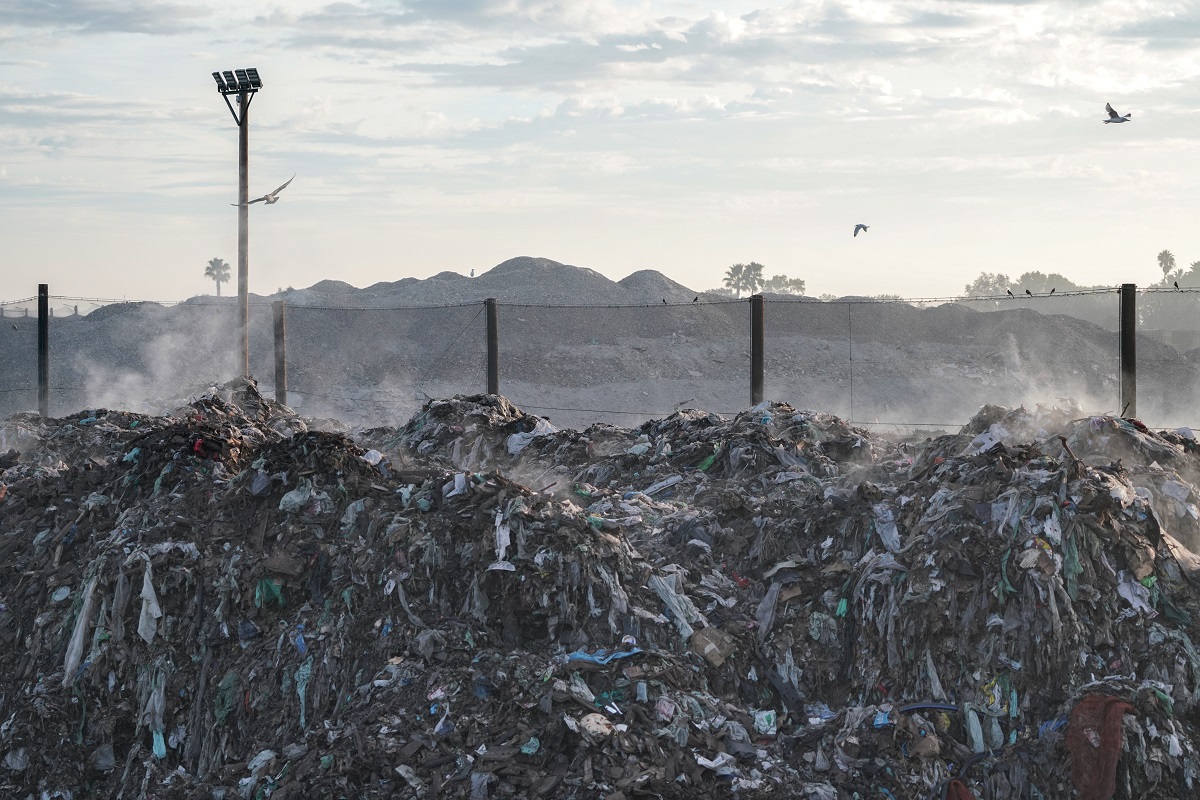According to research released by the International Energy Agency, governments throughout the world are vastly underestimating the quantity of methane released into the environment as a result of energy production.
According to the agency’s annual Global Methane Tracker, emissions from the energy industry are almost 70% higher than what national governments have officially recorded. According to the IEA, the differences emphasize the need for greater monitoring and harder measures to reduce emissions.
“Transparency on the magnitude and location of emissions is critical to such efforts,” said IEA Executive Director Fatih Birol, “which is why the substantial underreporting found by our Global Methane Tracker is so frightening.”
Overall, methane emissions from energy increased roughly 5% last year, according to the IEA data, as the economy began its slow rebound from Covid-19 pandemic limitations. Methane emissions fell by around 10% in 2020 as the epidemic took hold, coupled with mitigation efforts.
The United States was named as the third-largest methane emitter, releasing 17 million tons last year, accounting for about 13% of the world total. In 2020, the United States placed second in terms of emissions. However, the IEA factored in coal this year, propelling China to top position, followed by Russia.
Oil and natural gas emissions were down little more than 2% in 2019 compared to pre-pandemic levels. According to the IEA, this shows that some measures to reduce emissions are paying off.
The agency also pointed out that, with gas prices rising due to supply shortages, enterprises who tolerate leaks are squandering an increasingly valuable product. According to the analysis, if the gas released in 2021 had been caught and sold, it would have produced 180 billion cubic meters of gas, enough to fuel Europe’s power sector.
“This would have been comfortable enough to alleviate today’s pricing pressures,” according to the research.
Satellites are becoming increasingly vital for estimating how much gas is actually released globally.
Satellite data on significant breaches in 15 nations were included in the paper. This includes “large emissions” from the Permian Basin in Texas and Turkmenistan. According to the analysis, the Central Asian country was responsible for one-third of the extremely big emissions incidents observed by satellite last year.
According to the research, very few big breaches were identified among the Middle East’s main onshore producers.
However, it claims that satellite surveillance has large blind spots, including equatorial regions, offshore locations, and the primary Russian oil and gas producing areas.
Methane is thought to be responsible for around 30% of the increase in global temperatures since the Industrial Revolution. According to the IEA, the oil and gas industry accounts for 40% of global methane emissions, emitting around 80 million tons of greenhouse gas last year. Methane is also produced naturally and during agricultural activities.

